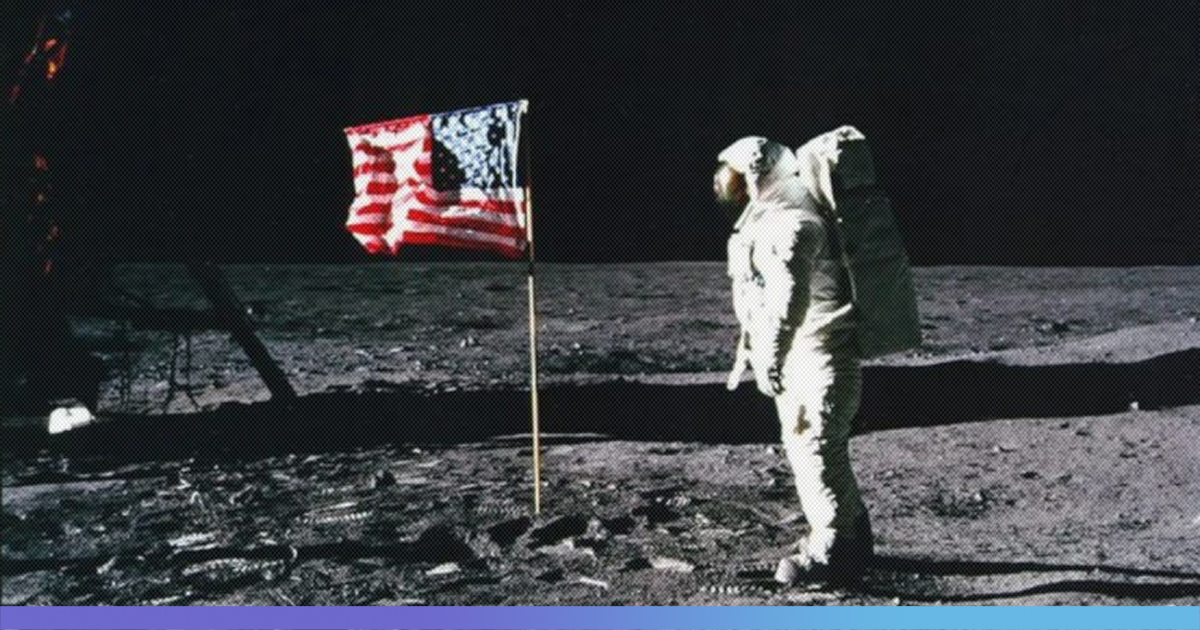Fifty years after the Apollo 11 mission, people around the world are celebrating the moon landing, the odds that came in their way and how it continues to influence spaceflight.
Around the globe today, the #Apollo50th anniversary was celebrated. Crowds gathered earlier at Moon displays from the @AldrinFamilyFdn and @PeoplesPicture in London’s Piccadilly Circus and at @TimesSquareNYC. Did you watch any of today’s #Apollo50th Moon landing coverage? pic.twitter.com/C0338UWAYk
— NASA (@NASA) July 21, 2019
The #Apollo11 tribute projected on DC’s Washington Monument is stunning in person. The 17-minute free show is running again tonight at 9:30p, 10:30p and 11:30p @wjz pic.twitter.com/aitnbOUnJh
— Mike Hellgren (@HellgrenWJZ) July 20, 2019
#ICYMI – We’re projecting a Saturn V rocket on the Washington Monument next week to celebrate #Apollo50. See the full-scale rocket projection July 16-18 and the special #GoForTheMoon show July 19 & 20. Full details: https://t.co/As6lcyX9nr #Apollo11 pic.twitter.com/2wFnqtrNhX
— National Air and Space Museum (@airandspace) July 12, 2019
Historic Apollo 11
Half a century ago, on July 20, 1969, Apollo 11’s landing on the moon was one of the greatest achievements in the history of mankind. It was launched by Saturn V rocket from Kennedy Space Center.
The purpose of the Apollo 11 mission was to perform a manned lunar landing and return safely to Earth.
More than 400,000 people worked on the mission and made it successful.
Fifty years ago, Apollo 11 astronauts were on their way back to our home planet after doing what some thought was impossible — landing and taking humanity’s first steps on the Moon. More on this #Apollo50th moment journeying home: https://t.co/2PCzi0qsFG pic.twitter.com/ofhRs9c75N
— NASA (@NASA) July 23, 2019
The Apollo 11 mission was the eleventh in the series of flights using Apollo flight hardware and was the first lunar landing of the Program. It was also the fifth manned flight of the command and service modules and the third flight of the lunar module.
Apollo Command and Service Module (CSM), was one of two principal components of the US Apollo spacecraft which landed astronauts on the Moon between 1969 and 1972. The CSM carried three astronauts and the second Apollo spacecraft, the Apollo Lunar Module, to lunar orbit, and brought the astronauts back to Earth.
Apollo Lunar Module was the lander spacecraft that was flown from lunar orbit to the Moon’s surface during the Apollo program. It was the first crewed spacecraft to operate exclusively in the airless vacuum of space.
Details Of The Mission
Neil Armstrong, Yugi Gagarin, Alan Shephard and John Glenn were a part of the first wave of space travellers. They landed in Mare Tranquillitatis, commonly known as the Sea of Tranquility. It was then when Commander Neil Armstrong put his foot on the moon and reported, “That’s one small step for man, one giant leap for mankind”.
The astronauts planted a flag of the US on the lunar surface and then spoke to the then US President Richard Nixon through a telephone-radio transmission, which was termed as “the most historic phone call ever made from the White House.”
The astronauts stayed on the surface for 21 hours and 36 minutes, clicked photographs, carried out experiments and collected various samples of rock and soil, before lifting off.
After collecting 21.5 kg material from the lunar surface, Neil Armstrong and Buzz Aldrin returned to the lunar orbit, and all the three astronauts landed on Earth on July 24 after spending more than eight days in space.
The Apollo programme was dedicated to the national goal of President John F. Kennedy. The plan received flak when a cabin fire in 1997 Apollo 1 mission killed the entire crew during a prelaunch test.
Approximately 600 million people around the world watched as Armstrong and Aldrin left the first footprints on the lunar surface. The landing also marked the end of the Cold War space race between the U.S. and the Soviet Union.
Countries Gear Up For The Moon
With time, the Apollo program brought many missions and landings, but Apollo 11 remains an unparalleled victory for the U.S.
So far, three nations have landed on the Moon successfully. The first human-made object to touch the Moon was the Soviet Union’s Luna 2, on September 13, 1959. Then, on July 21, 1969, astronauts Neil Armstrong and Buzz Aldrin were the first men to set foot on the Moon. China’s Chang’e three spacecraft landed on the moon on December 14, 2013, making it the third nation to join the list.
Indian Space Research Organisation (ISRO) launched Chandrayaan 2 on July 22, 2019, which is expected to land on the moon on September 07, 2019. If successful, India will become the fourth nation to land on Moon.
A German new-space company PT Scientists who have termed their moon mission as ‘Alina’, is expected to launch in early 2020. Alina will be a Moon lander and rover mission.
After India’s Chandrayaan-2, China National Space Administration (CNSA) also plans to launch Chang’e 5 and six by 2023. Chang’e 5 and six will be Moon landers/rovers and return missions.
NASA has ‘Artemis 1’ mission- an uncrewed Orion spacecraft in the Moon orbit, in the pipeline. This mission is scheduled between 2020-2021.
India has planned Chandrayaan 3 for 2024 as a joint effort with Japan. A collaborative effort of ISRO and JAXA, Chandrayaan 3 will send a Moon rover and a lander again.
Also Read: India’s Second Moon Mission: Women And Men Who Made Chandrayaan-2 Possible












